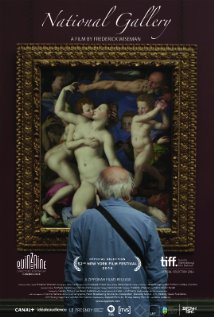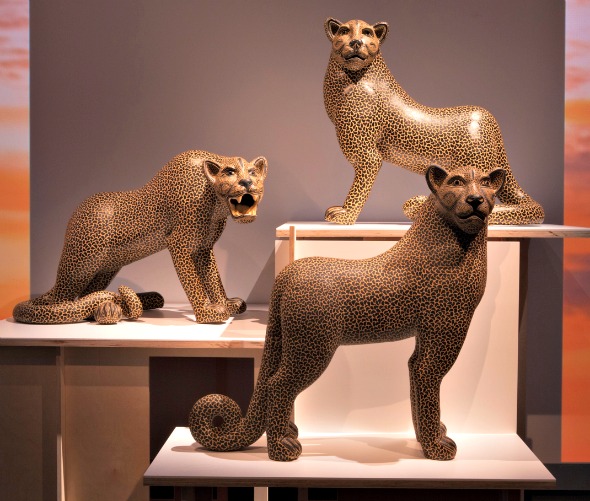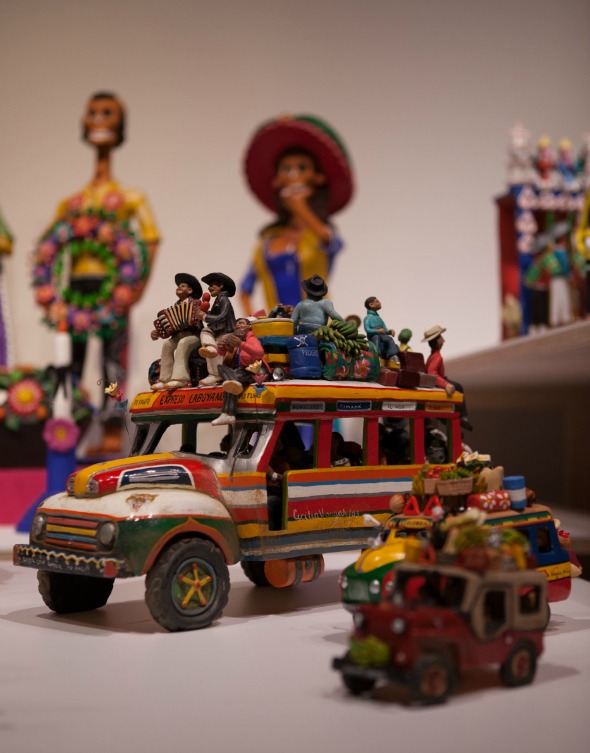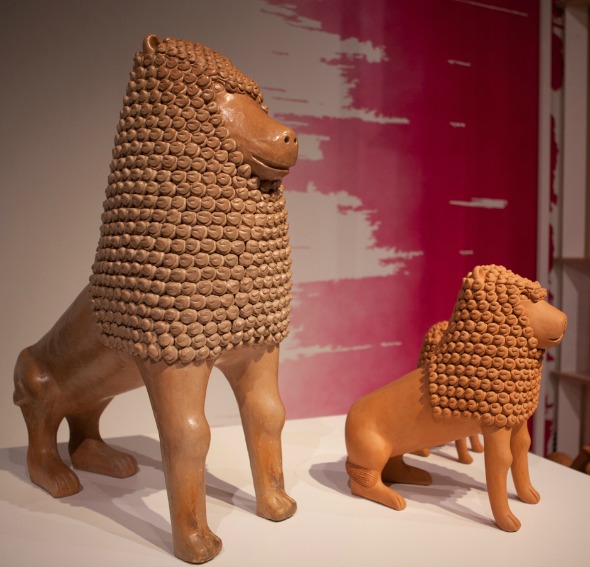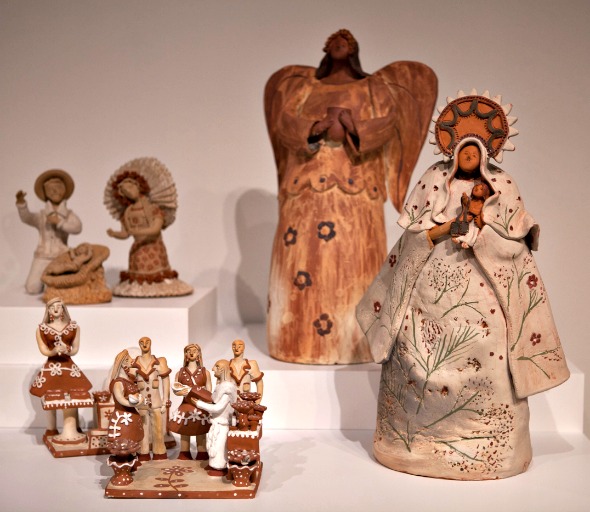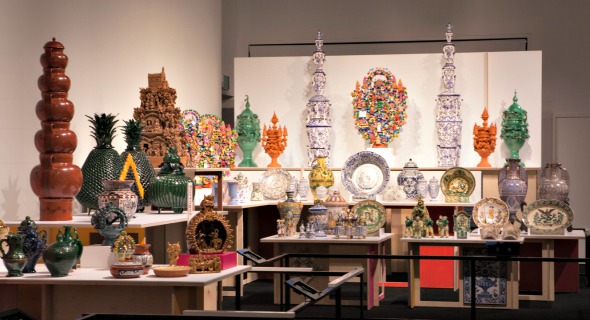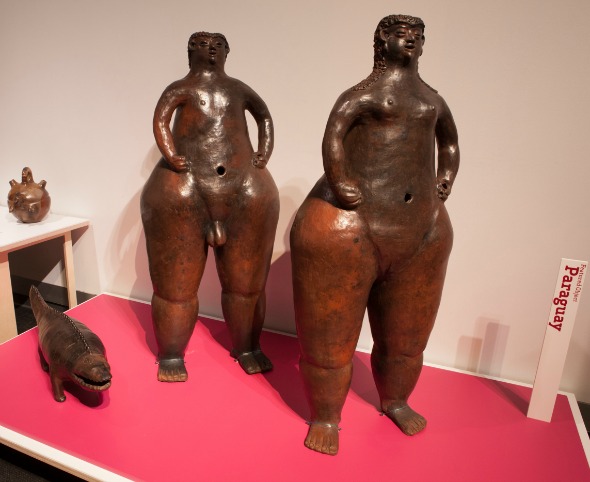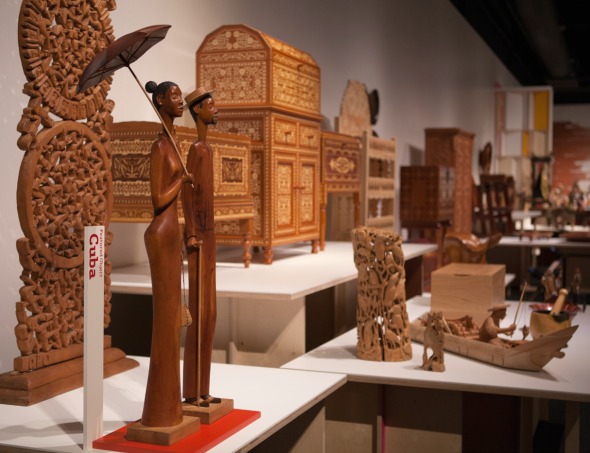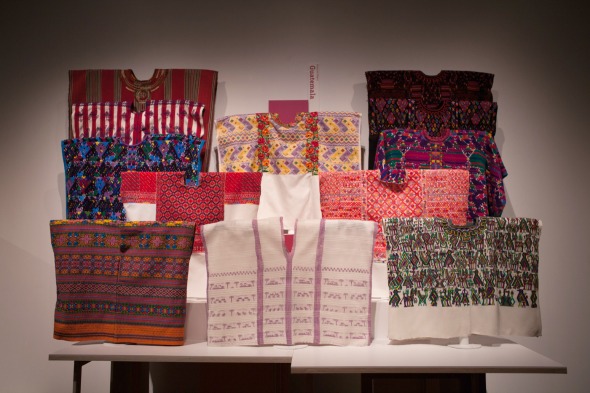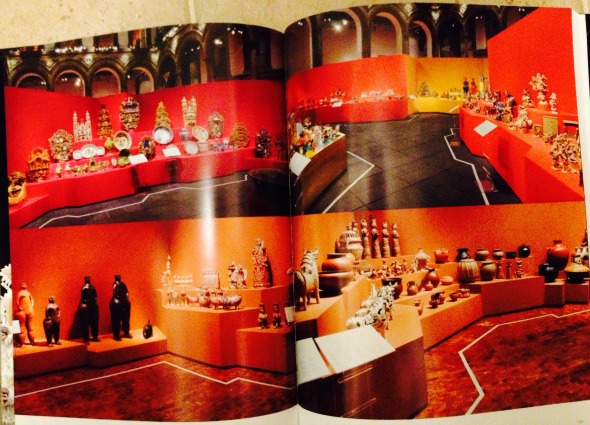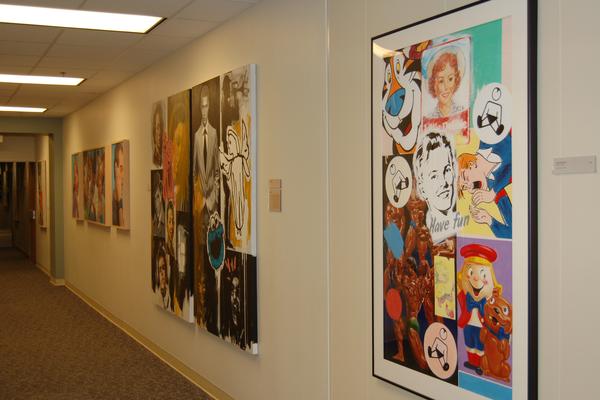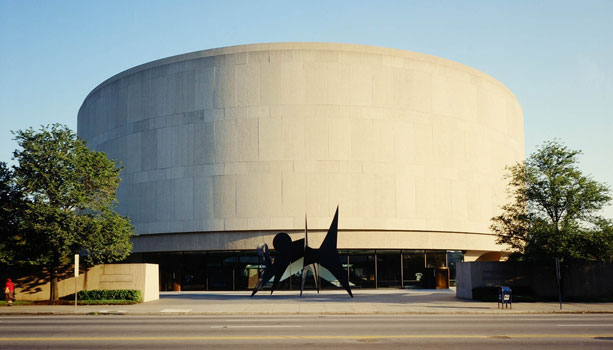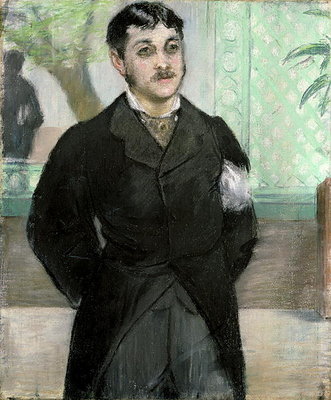 Two lucky museums made big announcements this week–“transformative” gifts of art. And these do seem to fit that bill, no exaggeration.
Two lucky museums made big announcements this week–“transformative” gifts of art. And these do seem to fit that bill, no exaggeration.
In Los Angeles, a reclusive billionaire named A. Jerrold Perenchio said he would bequest “the most significant works of his collection to LACMA’s planned new building for its permanent collection.” The trove includes “at least” 47 art works, including some by Degas, Monet, Bonnard, Manet (at left), Picasso and Pissarro. They would go into the new buildings, designed by Peter Zumthor, planned by LACMA director Michael Govan–Perenchio made his gift contingent on that, as some of the museum’s current buildings need extensive work.
Just yesterday, the Los Angeles County Board of Supervisors approved a$125 million bond issue to help finance that $600 million-plus project, but Govan has to raise hundreds of millions before it will be built.
Here are the details of the gift. The Los Angeles Times has the backstory.
I was in LA last week (to see this), and made a stop at LACMA. The museum undoubtedly has some strengths–it’s young, remember, celebrating its 50th anniversary next year–but this gift is sorely need. Perenchio’s collection is valued at an estimated $500 million, obviously not affordable to LACMA, whose collecting priorities seem to be in contemporary anyway.
So I can only say thank you to Perenchio, whose previous gifts have generally be anonymous.
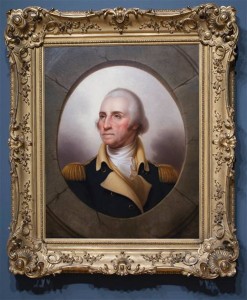 Meantime, the St. Louis Art Museum just accepted the bequest of 225 works of art given by the late C.C. Johnson Spink and Edith “Edie†Spink. It consists of many American works, by the likes of John Singleton Copley, Rembrandt Peale, Norman Rockwell and Andrew and Jamie Wyeth, and some 200 Asian works of art “that range from
Meantime, the St. Louis Art Museum just accepted the bequest of 225 works of art given by the late C.C. Johnson Spink and Edith “Edie†Spink. It consists of many American works, by the likes of John Singleton Copley, Rembrandt Peale, Norman Rockwell and Andrew and Jamie Wyeth, and some 200 Asian works of art “that range from
Chinese ceramics of the Neolithic period to works from Meiji-era Japan.”
The Spinks’ Asian art collection was developed with the intent of filling major gaps in the Art Museum’s collection and with a specific goal of allowing the museum to present a complete history of Chinese ceramics from prehistoric times to the end of the imperial system.
The museum says the collection is worth at least $50 million. Some of them are listed in this release. Peale’s George Washington is posted here.
It’s interesting that both announcements were made in this week of the big auctions in New York, where many works are selling for such high prices. These two benefactors say they bought with giving to the museums in mind. I wonder how many buyers this November are thinking the same way.
Photo Credits: Courtesy of LACMA (top) and the St. Louis Art Museum (bottom)

